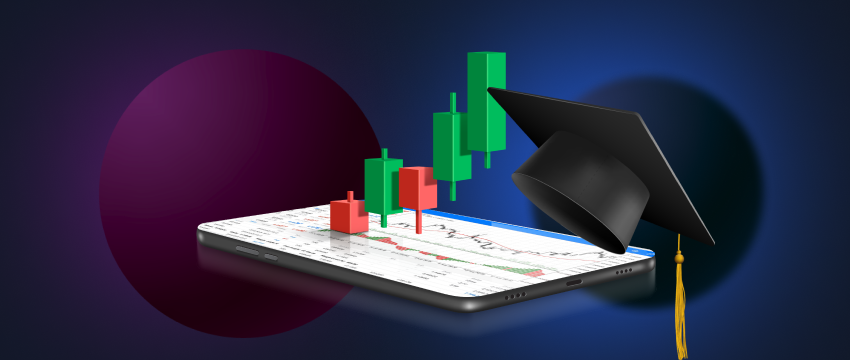
CFD Trading Tips
Trading CFDs can feel overwhelming at first, and trading the financial markets have the possibility of being rewarding, but can also be extremely risky. Before starting to trade, the most important thing is to know what you are trading. Whether you choose to trade, Currency Pairs, Stocks, Indices or Commodities, it is always best to do research into the assets you are interested in, so that you can choose the best strategy for your trades. Educating yourself is the most important tool.
Analysis
There are many different tools, tactics and strategies that traders can use to help, in order to identify which assets they want to trade, and when the best entry and exit time is. When trading CFDs, technical analysis is a useful tool, as CFDs are not used predominantly for long-term positions. However, don’t rule out the usefulness of fundamental analysis as it can be just as important to know the fundamental health of the assets you are trading.
Plan your Strategy
Here are a few tips to remember when beginning to trade:
-
- Before opening any position, it is important to do your own research due diligence and decide what assets suit you best, and then set a strategy in place.
-
- Try not to trade based on emotions. Choosing a position and an action should be based on research, not on gut feelings.
-
- Stick to your goals and have a long-term strategy. When you reach your goals, you can readjust and redefine your strategy.
-
- Trade responsibly. Although using leverage and margin can be very tempting, as if you are successful, they can help you magnify your returns. However, should the price of the asset move in the opposite direction, it can have a major impact on your funds. Be sure you are controlling your trades and only risking what you can afford.
-
- Use both Technical and Fundamental analysis when planning your strategy. Understanding both the patterns and the overall health of an asset can help you become a savvier trader.
-
- Use features like Stop-Loss, or Take-Profit. By automatically closing your positions when specific conditions are reached, these tools can automatically minimize potential losses.
-
- Decide what timeframe suits your trading type. Whether you choose to be a long-term trader, or shorter term, just make sure it meets your needs.
These tips are not enough to get you started in trading CFDs, but they are basic guidelines that can serve you well throughout your trading career.